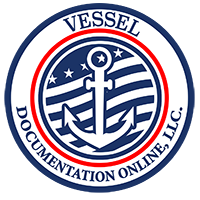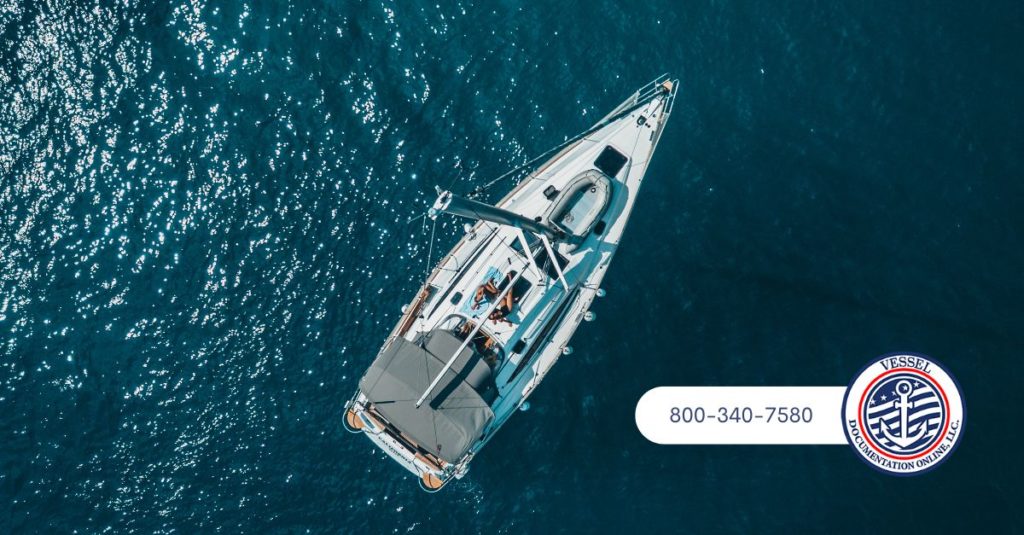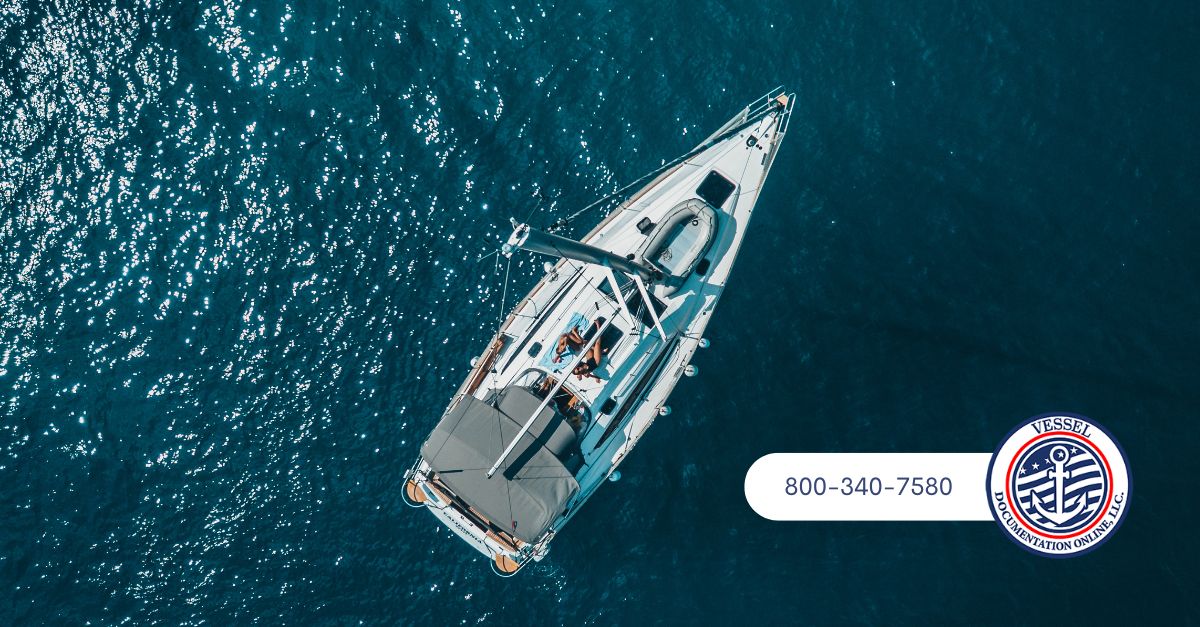Then it comes to passenger boats, there are two classifications that are used, according to the US Coast Guard requirements. Those are inspected and uninspected. As the names imply, the former requires a regular inspection, while the latter does not. However, there are still legal requirements that an uninspected boat must adhere to. This guide will give you all of the information you need about the requirements for both classifications.
What is an Uninspected Passenger Vessel?
An uninspected passenger vessel, also referred to as a UPV, is a boat that can carry a maximum of six passengers and is less than 100 GRT. Examples include charter boats, fishing guides and other small tour boats. At least one person on board must be a passenger for hire, to qualify.
While a UPV isn’t required to be inspected by the United States Coast Guard, they must still follow requirements regarding safety, pollution prevention and navigation. The boat must also carry a valid Operator Uninspected Passenger Vessel (OUPV) license. The boat must also be properly registered, carry appropriate safety equipment, and be in good working order. Once labeled as an uninspected passenger vessel, you will be issued a decal that can be displayed on the boat. You must also have a license for the route the boat travels. This may be an OUPV license or a Master or Mate license.
What is an Inspected Passenger Vessel?
This refers to a boat that is inspected by the United States Coast Guard, a process that must occur on a consistent basis. Once the inspection is passed, you will be issued a Certificate of Inspection, which must be renewed according to the expiration date. This certificate details information about the boat, including what equipment it carries, the route it’s allowed to travel, the minimum requirements for manning the boat, the capacity in terms of passengers, and ownership data. Specific requirements to pass the inspection are based on the size and type of boat in question.
Once a boat is put into service, there are guidelines to how often the vessel inspection and registration renewal must occur. Refer to the following for more information:
- Passenger vessels, nautical school vessels, and small passenger vessels that carry more than 12 passengers on a foreign voyage must be renewed every 12 months.
- Every other type of vessel must be renewed every 5 years.
U.S. Coast Guard Requirements
Failure to have your vessel inspected as required can lead to a lapse in documentation, which carries the risk of fees and penalties. Be sure to submit your application for inspection at least 30 days prior to the current inspection’s expiration. It’s also important to know that the Coast Guard can carry out an inspection anytime.
To pass an inspection, be sure that your boat is up to date in terms of safety and that it’s in good working order. If you need help knowing what an inspection entails, we can guide you through the process, both the preparation and the paperwork. Contact the US Vessel Documentation Center today for the assistance you need.





